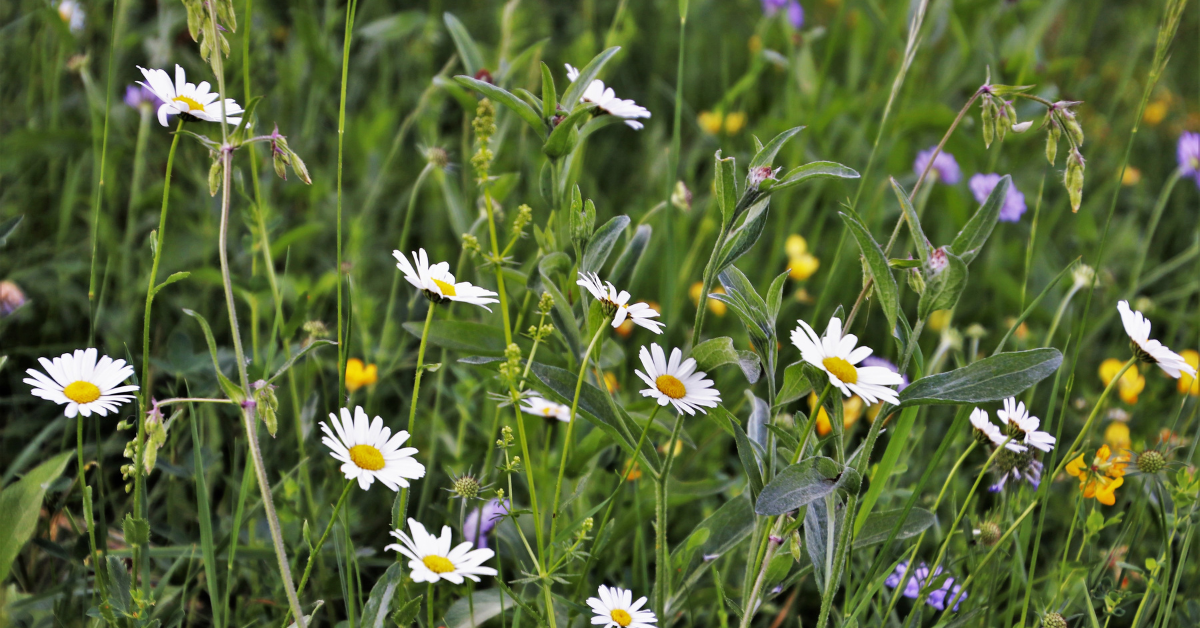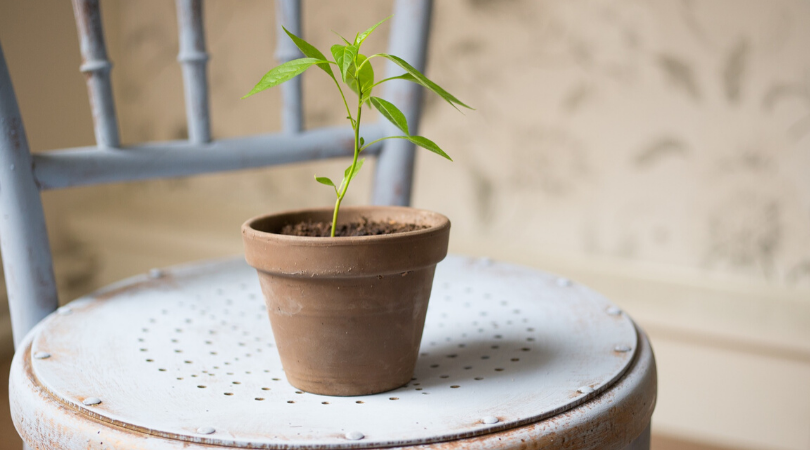
An Eco-Friendly Lifestyle: Everything You Can Do To Increase Your Efforts

*Collaborative Post
Eco-friendly living is becoming more popular each year as people become more aware of the impact their everyday choices have on the planet. There are many ways to make small changes in your life that can add up to a big difference when it comes to preserving our environment. Here we will discuss ten ways you can upgrade your home, garden, and lifestyle to be more eco-friendly!
Install Water Saving Gadgets:
Water is an important natural resource that we all need to conserve. One of the easiest ways to do your part is to install water-saving gadgets in your home, like low-flow showerheads, faucet aerators, and dual-flush toilets. You can also upgrade your appliances to energy-efficient models that use less water. In your garden, you could also have a rainwater harvesting system installed so you can use that water for your plants. Xeriscaping is another great way to reduce the amount of water your garden needs.
Conserve Energy:
Saving energy is not only good for the environment, but it can also save you money on your utility bills. There are many ways to conserve energy, such as turning off lights when you leave a room, using energy-efficient appliances, and ensuring your home is well-insulated. You can change all the light bulbs in your home to LED bulbs, which use much less energy than traditional incandescent bulbs. You can also install a programmable thermostat to help regulate the temperature in your home and save energy. If you want to take things a step further, you can use solar power in your home. Solar panels are a great way to reduce your carbon footprint, and they can also save you money on your energy bills. You can even get solar-powered appliances, such as solar-powered phone chargers.
Recycle And Upcycle:
Recycling is one of the easiest ways to live a more eco-friendly lifestyle. You can recycle items like paper, plastic, glass, and aluminium. You can also upcycle items, which means repurposing them into something new instead of throwing them away. For example, you can turn an old t-shirt into a reusable grocery bag. You can also recycle your waste by composting. Composting is a great way to reduce the amount of waste you produce, and it’s also good for the environment. You can compost food scraps, leaves, and other organic matter. There are many ways to recycle and upcycle items, so do some research to find out what options are available to you.
Grow Your Own Veggies:
Another way to reduce your carbon footprint and save money is by growing your own veggies. You don’t need a lot of space; you can even grow them in pots on your balcony or windowsill. Not only will you know exactly what went into growing them, but you’ll also get to enjoy the freshest produce possible. Growing your own veggies is a great way to be more eco-friendly. If you don’t have the time or space to grow your own veggies, you can still support local farmers by buying from farmer’s markets or only from small suppliers that supply fresh produce and not from large supermarket chains. By doing this, you’ll be reducing the amount of energy used to transport food and supporting sustainable agriculture.
Incorporate More Greenery Into Your Life:
Plants are not only aesthetically pleasing, but they also have many benefits for the environment. They help purify the air, lower stress levels and boost your mood. If you don’t have a green thumb, consider investing in some easy-to-care-for succulents or cacti. You can also add a few potted plants to your porch or patio for added colour and charm. You could also plant more trees and other plants in your garden for extra eco-friendly points. In addition, you could also consider how efficient the plants and grass in your garden are; if you’re unsure, it may be time to do some research. Some trees and plants are not native to an area, so they require more water and other resources to survive. Your grass is another factor to consider. You should sow a quality grass seed in your garden to ensure that your grass is not draining valuable resources.
Shop Second-hand:
One of the best ways to reduce your impact on the environment is to shop second-hand. You can find great deals on clothing, furniture, and home goods if you know where to look. Shopping second-hand not only reduces your environmental impact, but it can also save you a lot of money. There are a number of ways to find second-hand stores in your area. You can search online, ask friends and family for recommendations, or look for flyers and advertisements. Another great option for finding second-hand items is to shop at garage sales or flea markets. These types of sales are often held on weekends, so be sure to check your local listings. However, you should be aware that these items may not always be in the best condition. Be sure to inspect any items carefully before making a purchase. For example, a significant contributor to environmental damage is the fast fashion industry. By shopping second-hand, you can help to reduce the demand for these products.
Start A Car Pool, Use Public Transport, Or Start Cycling:
If you live in a city, there are probably plenty of public transport options available to you. If not, see if you can carpool with friends or family members who live close by. Or, start cycling! It’s great exercise and good for the environment. Another way to reduce your carbon footprint is to simply drive less. If you can walk or ride your bike to do errands, that’s great! Or, see if there’s a carpool you can join for your commute to work. Every little bit helps when it comes to reducing your impact on the environment. So, even if you can’t do all of these things, try to do as many as you can. Every little bit makes a difference!
Stay Away From One-Use Items:
This is probably one of the most important ways to reduce your ecological footprint. If an item can only be used once and then thrown away, it creates a lot of waste. Instead, try to find reusable alternatives. For example, use a reusable water bottle instead of buying plastic water bottles. Use a cloth bag instead of a plastic bag. Always have your own straw with you to avoid using a plastic one. Reducing your consumption of one-use items is the perfect way to reduce your carbon footprint and keep landfills and oceans clean. One-use items are not only bad for the environment, but they’re also bad for your wallet. Buying a reusable water bottle is a much better investment than buying multiple plastic water bottles. In the long run, you’ll save money and help the environment.
Reduce Your Plastic Usage:
Plastic is one of the most damaging materials to the environment. It takes centuries to decompose, and it’s often found in our oceans and wildlife. If you’re looking to reduce your plastic usage, there are a few small changes you can make that will have a big impact. You can reduce your plastic usage in various ways, such as using a bamboo toothbrush, having your own metal straw, using a reusable travel coffee cup, investing in a reusable water bottle, and carrying reusable shopping bags.
One way to make an even bigger impact is to avoid microplastics. Microplastics are tiny pieces of plastic that are often found in exfoliating face scrubs, tubes of toothpaste, and laundry detergents. You can avoid microplastics by using natural alternatives such as baking soda, oatmeal, and coffee grounds for exfoliating scrubs, DIY toothpaste with coconut oil and baking soda, and making your own laundry detergent or purchasing an eco-friendly one.
Another way to reduce your plastic usage is by recycling the plastic you do use. You can recycle most types of plastics, but some are more difficult to recycle than others. The best way to recycle plastic is to find out what types of plastics your local recycling centre accepts and ensure you’re only putting those in your recycling bin. You can also upcycle your plastic bottles by turning them into planters or bird feeders.
Educate Yourself And Others On The Importance Of Living An Eco-Friendly Lifestyle:
Once you have made the commitment to live an eco-friendly lifestyle, it is important to educate yourself and others on the importance of doing so. There are many resources available that can help you learn more about living an eco-friendly lifestyle. Additionally, there are many initiatives underway to protect the environment. By getting involved in these initiatives, you can help make a difference. You can participate in local initiatives by joining an environmental group or volunteering for a cleanup day. You can also support national initiatives by writing to your representatives or donating to environmental organizations. Educating yourself and others on the importance of living an eco-friendly lifestyle can help make a difference in the world.
In conclusion, there are many small changes you can make to live a more eco-friendly lifestyle. By making some of these changes, you can help reduce your carbon footprint, save money, and protect the environment. Try to do as many of these things as you can and encourage others to do the same. Together, we can make a difference!
*This is a collaborative post. For further information please refer to my disclosure page.
Pin for later:

If you enjoyed this post you can follow more of our life, opinions and antics over on Facebook, Twitter, YouTube and Instagram. Plus feel free to come and join in with my parenting group ‘From One Parent to Another’ on Facebook.
If you’d like to contact me you can either leave me a comment or drop me a line via my contact me page.
For other topics similar to this one check out these suggestions below…




